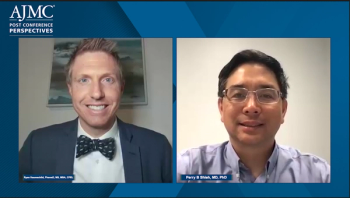
Panelists discuss how payers seek good return on investment when evaluating expensive gene therapies, creating potential friction when innovative treatments come at significant costs, requiring ongoing dialogue between manufacturers, patients, payers, and physicians to determine appropriate value and access.




